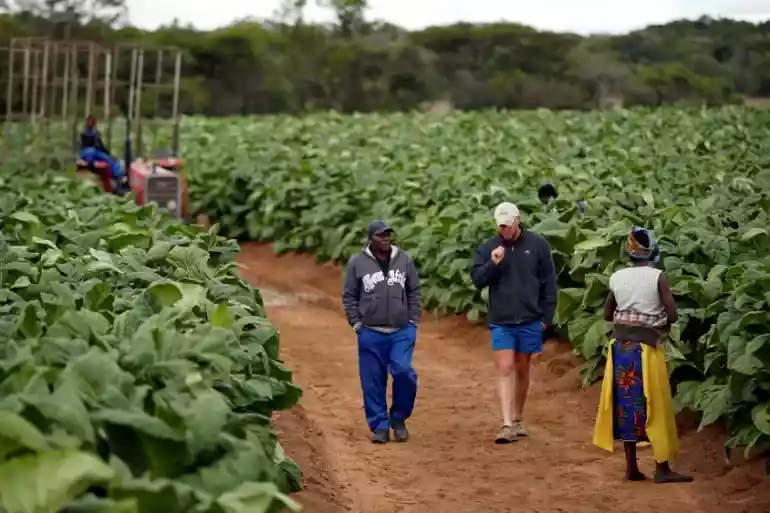
SOME farmers are reportedly withholding grain from the markets in anticipation of higher prices and to shore up their food stocks for the upcoming agricultural season threatened by El Niño, a new report has revealed.
Southern Africa is likely to be revisited by the El Niño weather phenomenon which causes floods, droughts and heatwaves. El Niño is a natural climate pattern occurring every few years when the Pacific Ocean warms up.
This can lead to a change in weather patterns around the world, including droughts in some areas and floods in others. The phenomenon has wreaked havoc in Zimbabwe over the years, triggering both floods and droughts.
“Most households, including poor households in surplus-producing areas, continue to access food primarily from stocks from their 2023 harvest, with some households with surplus stocks continuing to sell their grain on the open markets, including to the Grain Marketing Board (GMB),” the report compiled by the Famine Early Warning Systems Network (FewsNet) read.
“Farmers are also selling other non-staple food and cash crops for income. In these surplus areas, farmer-to-farmer grain and cash crop sales are common, and most markets are well supplied with grain.
“However, there are reports that some farmers might be withholding grain from the markets in anticipation of higher prices and to shore up their food stocks for the upcoming 2023/24 agricultural season, where El Niño conditions are expected to impact production negatively.”
In most deficit-producing areas in Zimbabwe, FewsNet said household demand and reliance on staple grain and maize meal purchased from the market is increasing as food stocks from the 2023 harvest decline.
However, it said maize grain availability was variable across monitored markets, with some markets well supplied, while in others, maize grain availability is erratic or unavailable, as is the case in some parts of the south. Traditional or small grains are available for purchase in monitored markets in some typical small grain-producing areas in the country's south, west and extreme north, the report noted.
- Education crisis mirrors national problem
- USD fees: Govt policy failure hurting parents
- Parastatals defy govt directive on US$
- Civil servants issue 10-day ultimatum
Keep Reading
“Maize meal supplies across most monitored markets in the country are good, including remote areas where other staple grains are not typically available.
At the end of May, the GMB reportedly increased maize meal production and distribution across all GMB depots countrywide, with its Silo maize meal brand available in main retail shops at competitive prices compared to other local commercial brands. Imported maize meal brands are also available in some markets, especially in southern districts near the South African border, and usually at lower prices than local brands.
“However, for some low-income households, access to even the low-priced maize meal and other commodities remains constrained due to limited access to income and low purchasing power.”
The report said open market sales of grain, other crops, and maize meal are mainly conducted in the United States dollar in most areas, or South Africa rand in the southern districts.










